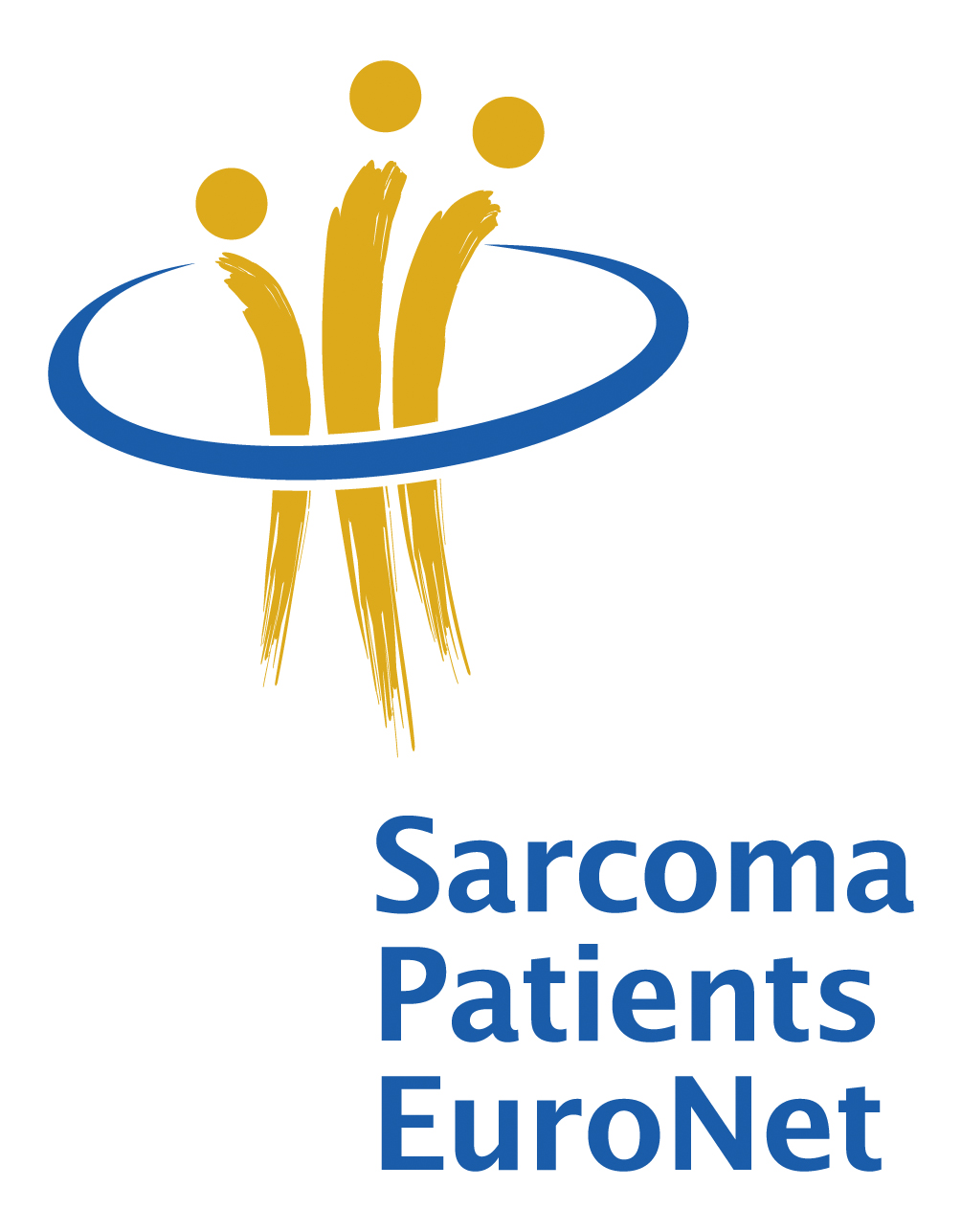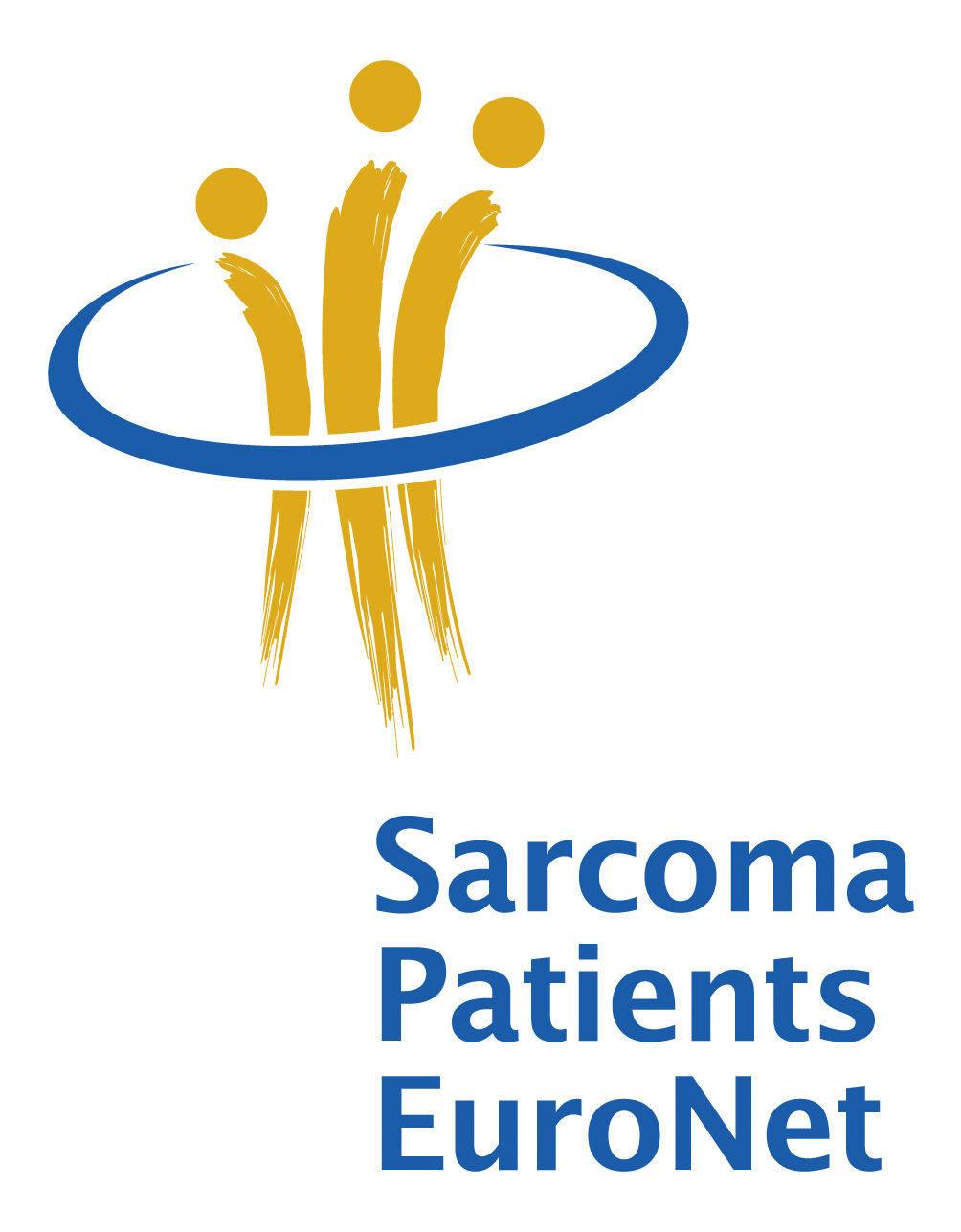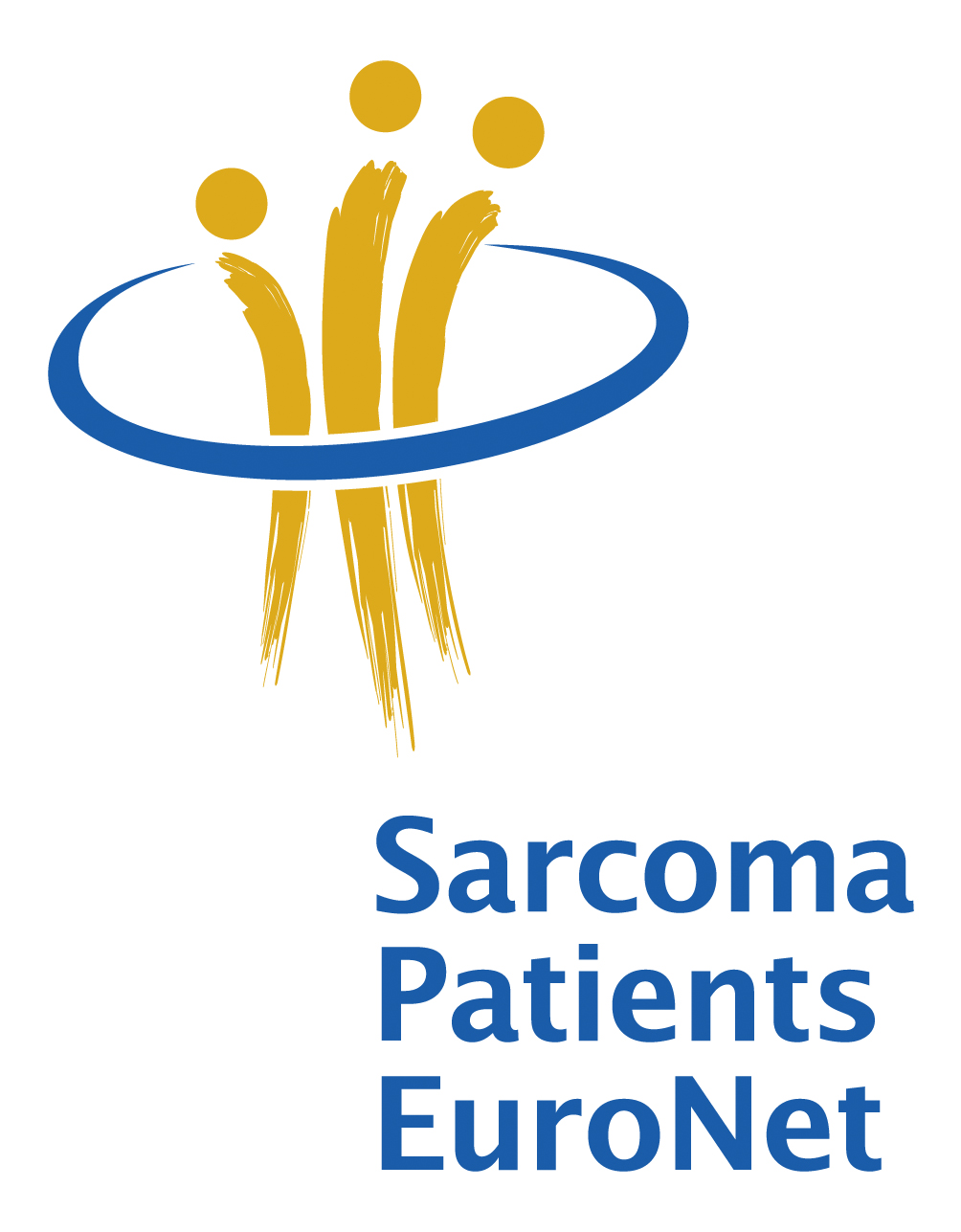The first step to diagnosis is the evaluation of the patient’s medical history and a thorough clinical examination. However, when a lump is present, imaging tests are important to assist with diagnosis and so-called staging. Imaging processes create internal body images.
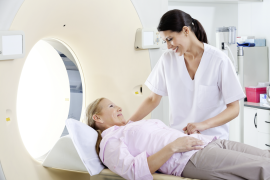 There are different types of medical imaging methods:
There are different types of medical imaging methods:
- Traditional x-rays: They can rule out bone tumors
- Ultrasounds can differentiate between cysts and tumors
- Magnetic resonance imaging (MRI): MRI is the standard imaging modality for STS, especially STS of the extremities, pelvis, and trunk
- Computed tomography (CT) can be used for imaging STS of the retroperitoneum, chest CT is useful for determining metastasis, since a majority of STS metastasize to the lungs. Abdominal STS may metastasize to the liver or peritoneum, and lymph node metastases are rare.
- Positron emission tomography (PET) is also an effective imaging modality, but its cost-effectiveness is undetermined.
The results of the imaging process are important for further therapy planning. Most importantly, detailed images must be available before any tissue removal or surgery.
Following appropriate imaging assessment, the standard approach to diagnosis consists of core needle biopsies to remove samples of tumor tissue to further examine by the pathologists. Multiple core needle biopsies may be needed as sarcomas can have uneven distribution of malignant cells. Please note: Only doctors with experience in sarcomas should conduct these biopsies!
| Ideal diagnostic process: |
| Review of patient history |
| Clinical examination |
| On suspicion |
| Imaging of primary site, usually MRI |
| Imaging of chest, abdomen, pelvis, usually CT |
| Biopsy |
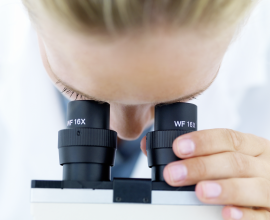 Findings from such tissue removals (= biopsies) provide information about how the disease may have changed the fine tissue structure (= pathohistology). Furthermore, biopsies can help answer the question of whether the tumor is malignant or benign (dignity), and identify which sarcoma subgroup it belongs to. Diagnostic techniques include molecular genetic testing such as immunohistochemistry, cytogenetics, and reverse transcription polymerase chain reaction (RT-PCR) and can identify genetic abnormalities associated with STS subtypes.
Findings from such tissue removals (= biopsies) provide information about how the disease may have changed the fine tissue structure (= pathohistology). Furthermore, biopsies can help answer the question of whether the tumor is malignant or benign (dignity), and identify which sarcoma subgroup it belongs to. Diagnostic techniques include molecular genetic testing such as immunohistochemistry, cytogenetics, and reverse transcription polymerase chain reaction (RT-PCR) and can identify genetic abnormalities associated with STS subtypes.
Further tests might be needed to evaluate if the disease has already spread and if so, where metastases are located: Chest spiral CT, regional assessment through CT/MRI for regional lymph nodes and abdominal CT are usually done, whereas a bone scan, brain CT, whole-body MRI and PET are optional.
Important to know: Patients should be referred to a sarcoma specialist or a specialist center with any lesion likely to be a sarcoma and any unexplained deep mass of soft tissues, or with a superficial lesion of soft tissues having a diameter of >5 cm.

